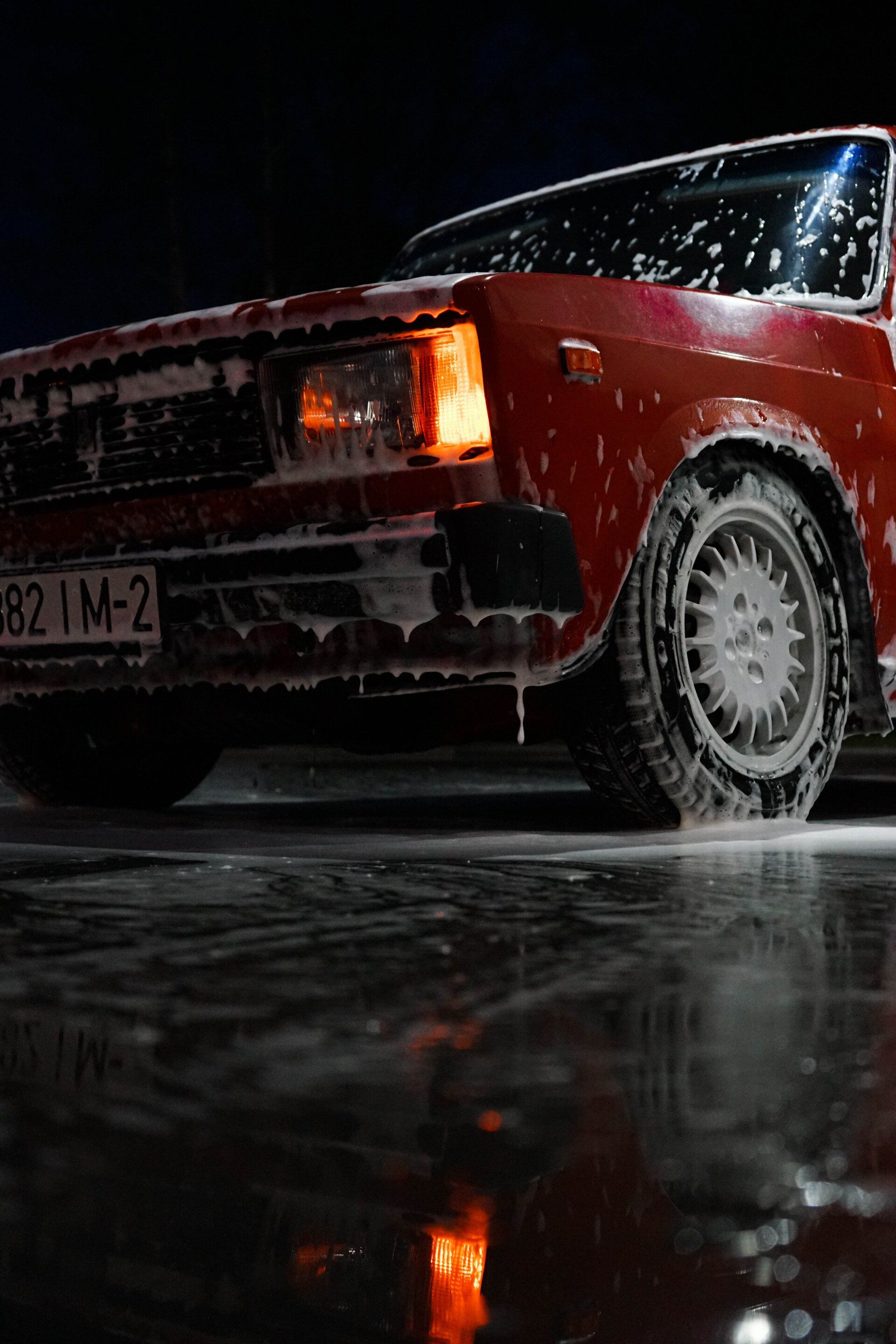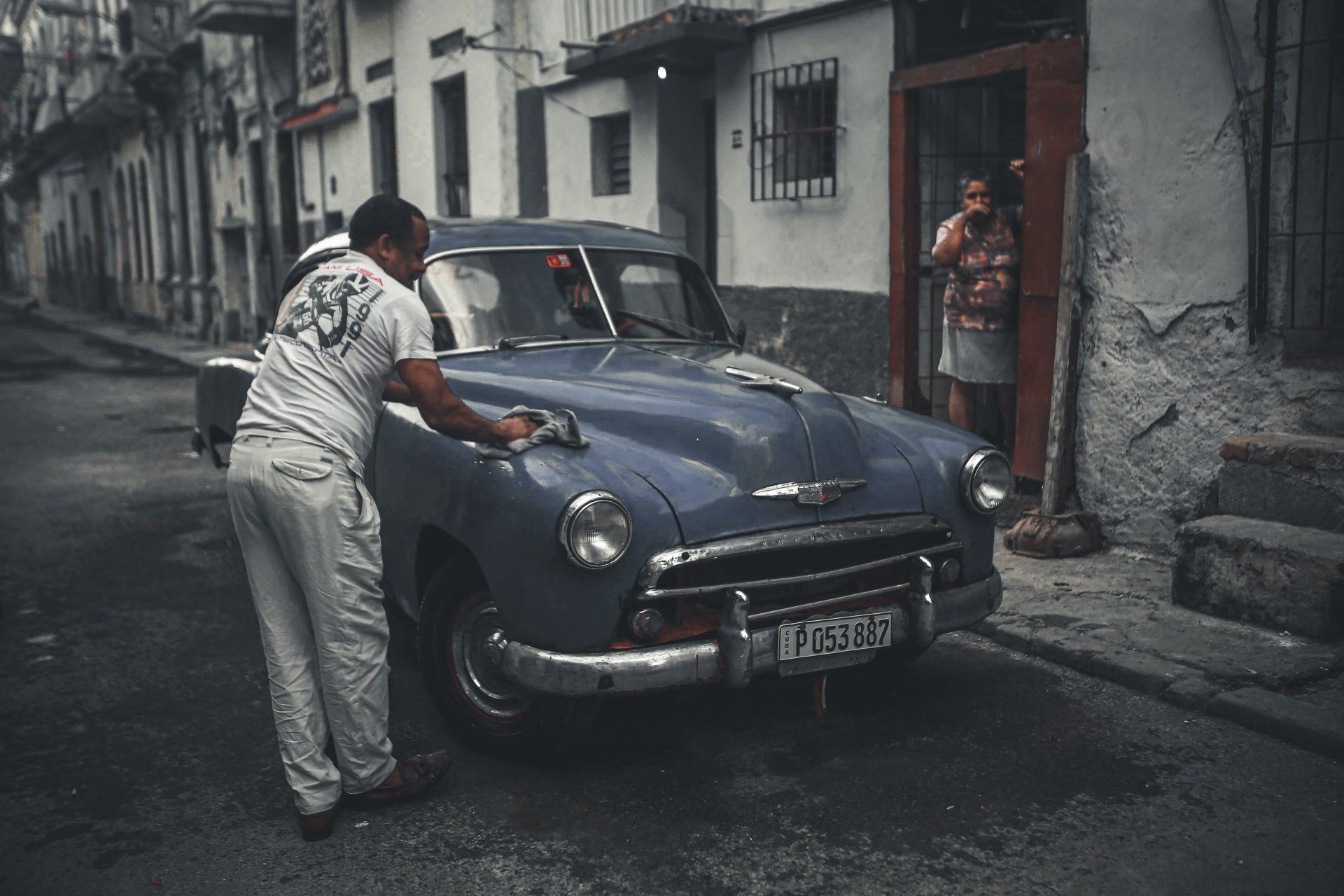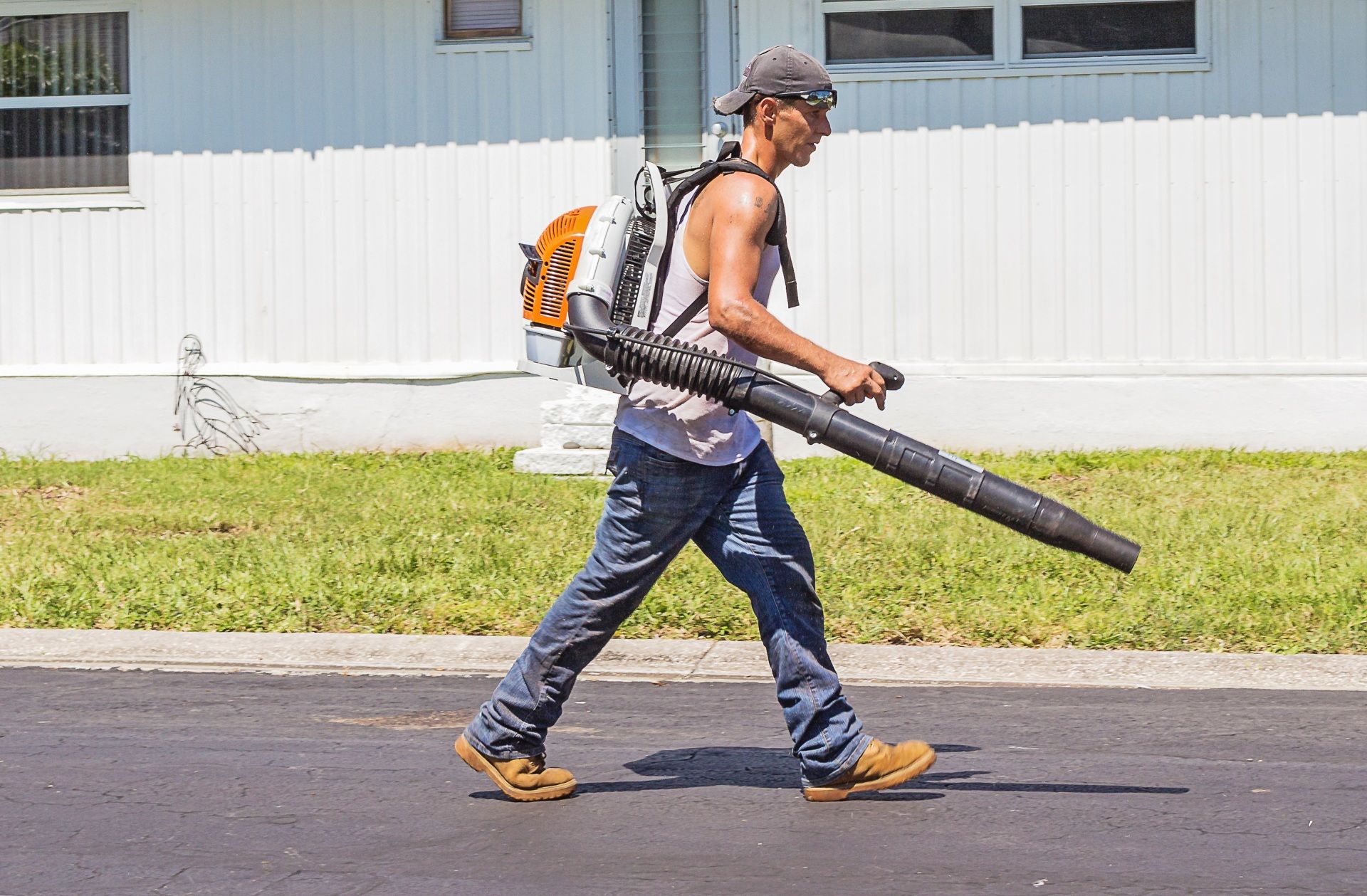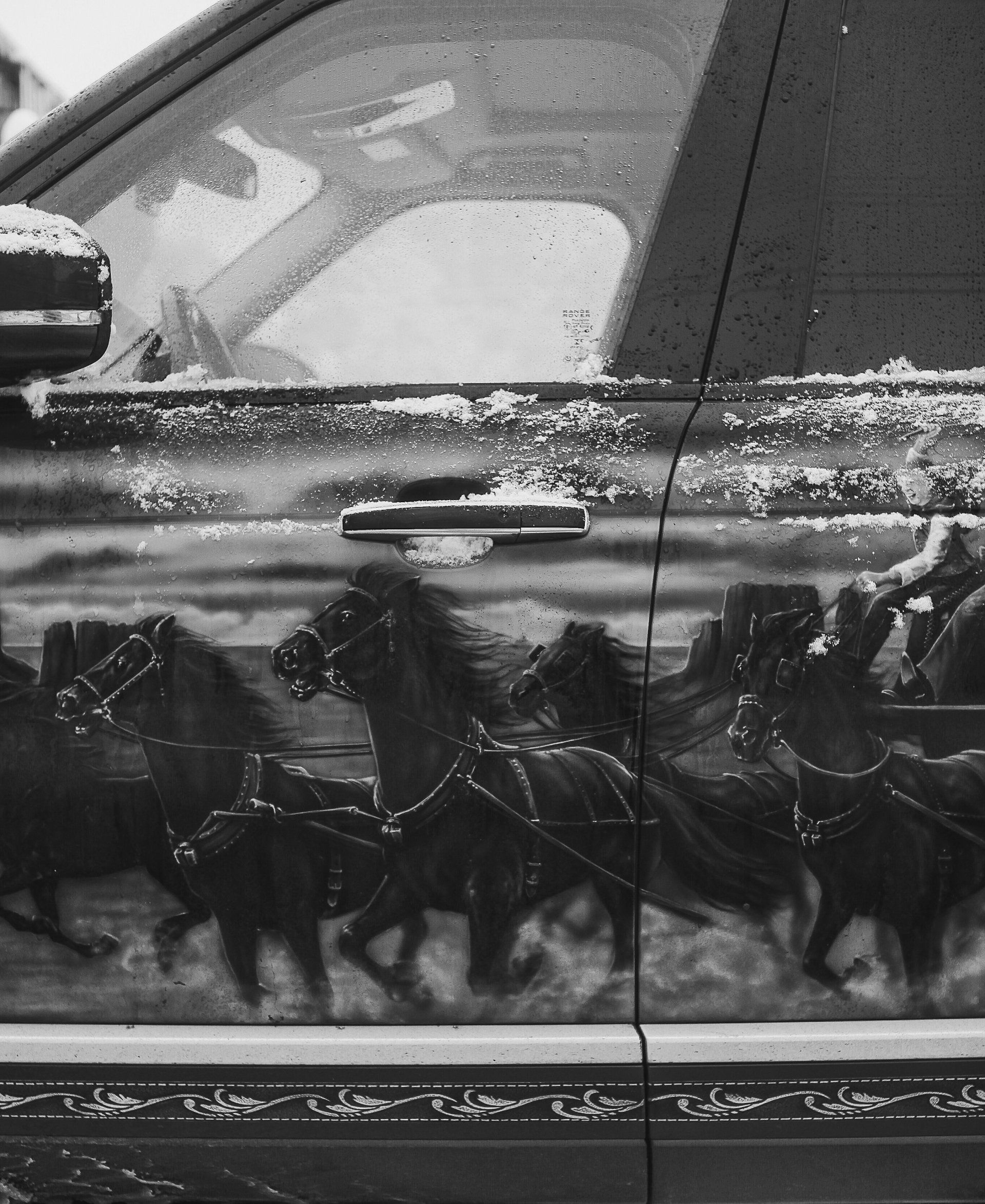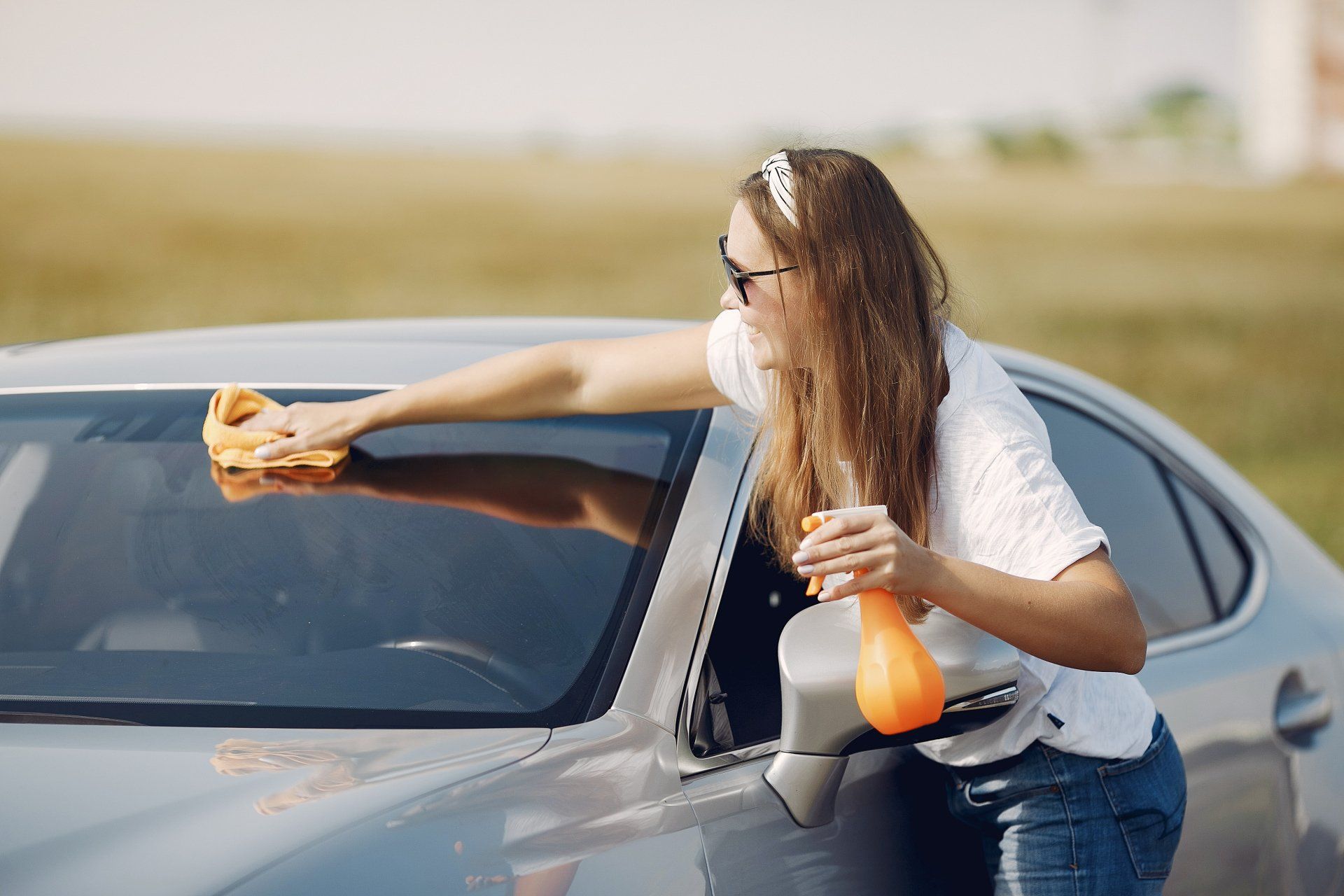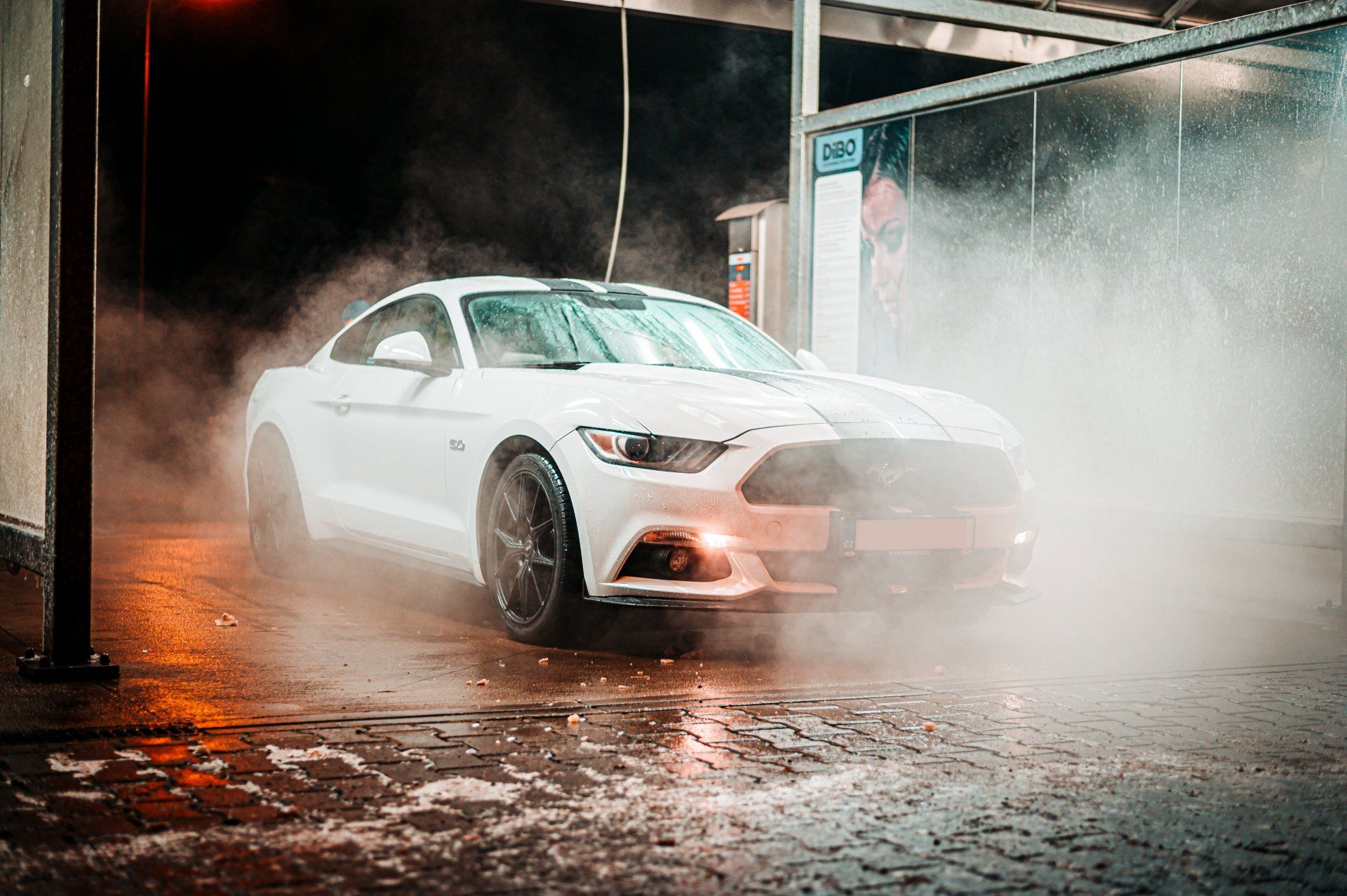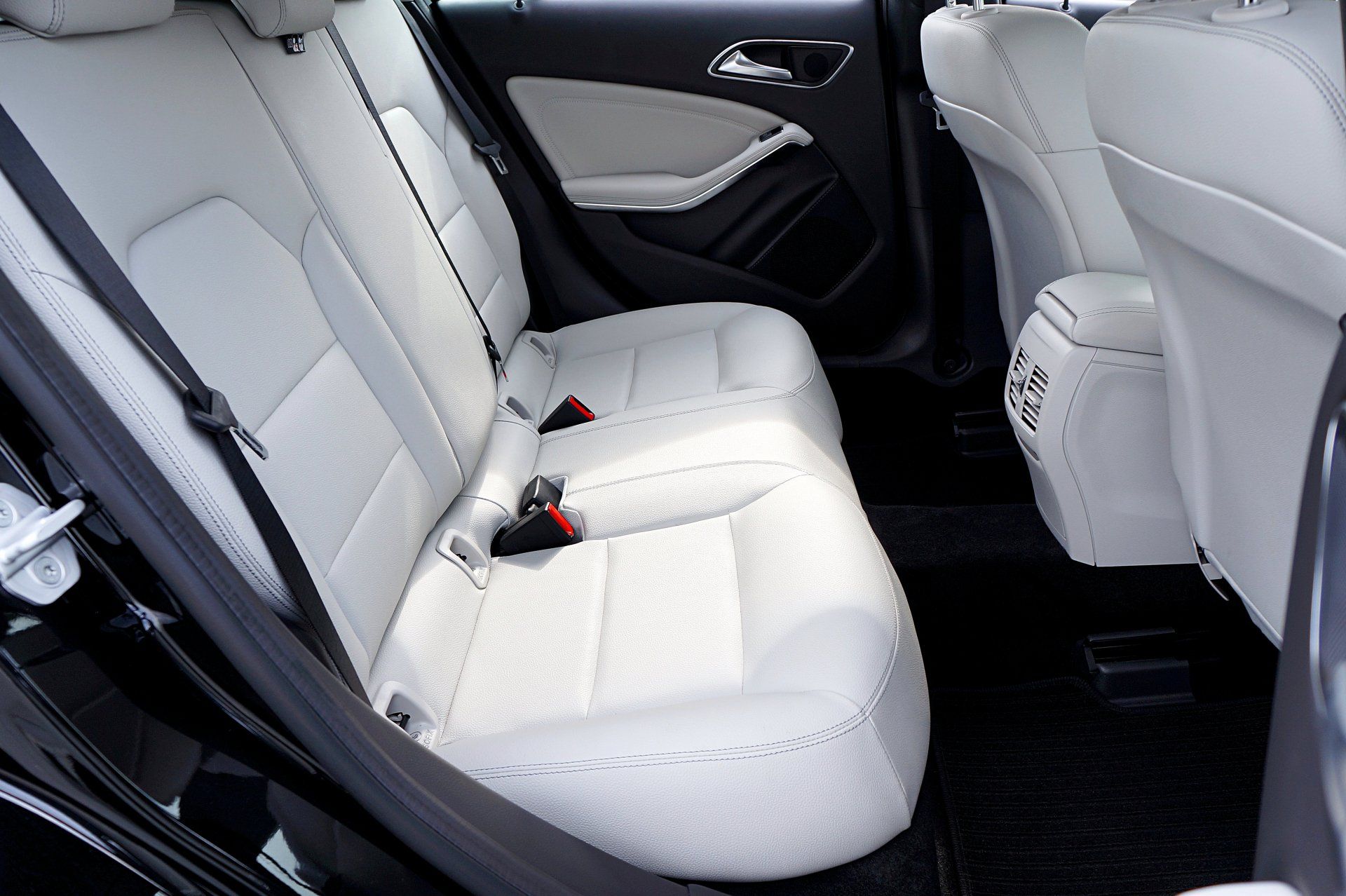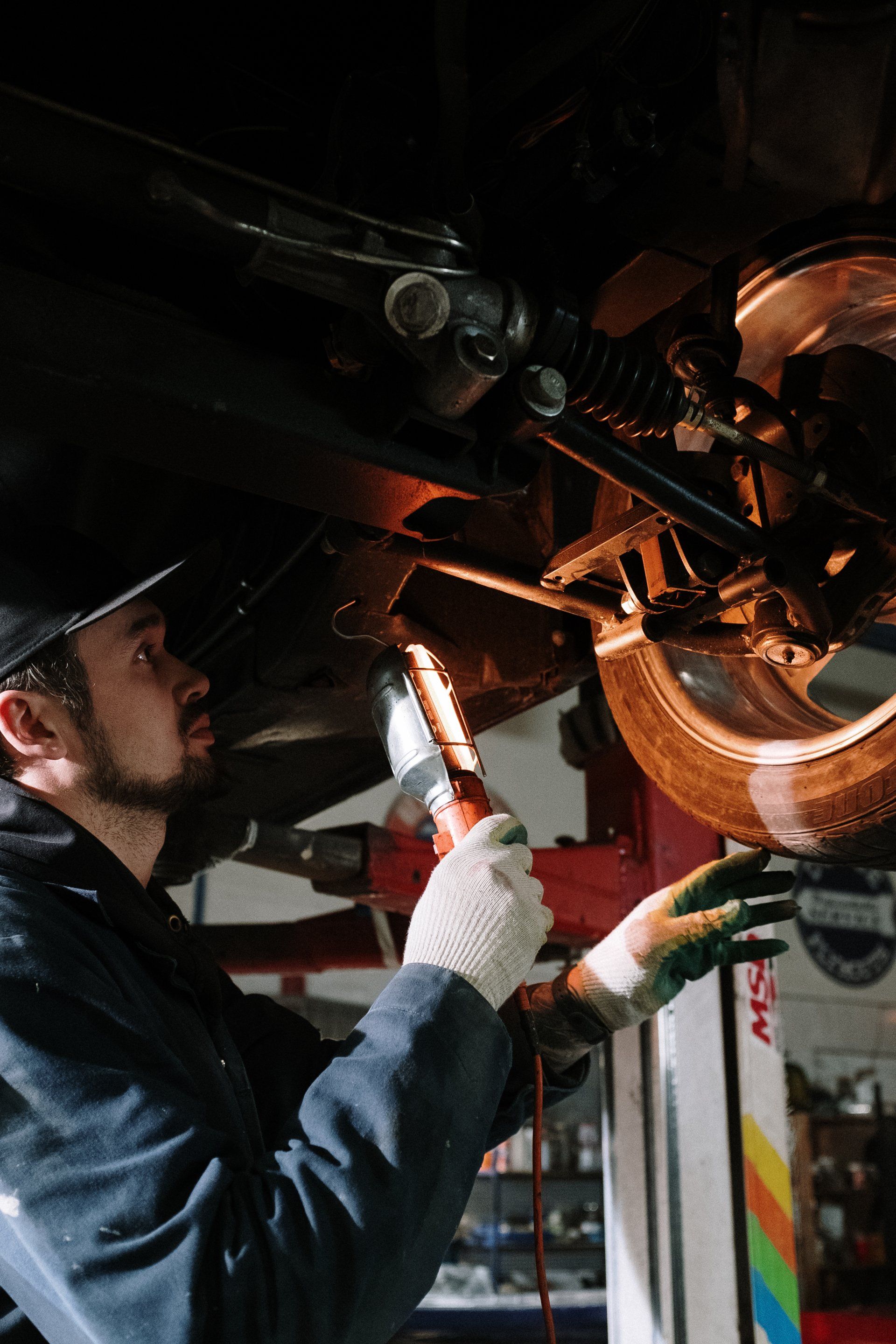How to Wash Your Car Without Ruining Its Paint?
How to Wash Your Car Without Ruining Its Paint?
Getting Started
Your car, truck, or motorcycle should be kept in the shade. When the sun isn't shining directly down on your vehicle, you can wash it in the shade. This helps to prevent the sun from drying out your soapy water before you can rinse it. They can be very difficult to remove. They are also very unsightly.
Place your grit protectors in your buckets. Attach the end of the nozzle to your hose. Fill your buckets up with water. Add the recommended shampoo to the bucket.
Why did we first add water?
Make sure to add shampoo after the water so that you don't fill the bucket with suds when trying to fill it. Use your wash mitt and stir the water to distribute the shampoo.
Warm water can be used to fill the bucket from your home instead of the hose if you prefer sudsy water. You won't get as much suds from cold water. Contrary to popular belief, soapy water can be cleaned without the use of suds.
The Wheels First
Why first wheels?
There are two possible schools of thought. It prevents water from spotting while washing the wheels. Another reason is that you don't want your car to get soiled by the brake dust and grime from the tires and wheels.
Warning: Before you wash your brakes and wheels, ensure they are cool. It's not a good idea to spray the hot metal with cool water. Also, you don't want the wash water to dry before it can be rinsed.
You will need to use the hose for spraying your wheels, tires, and wheel wells. (The area under the vehicle that wraps around a tire, sometimes covered with a plastic sheet). Your wheels and tires will be the most hazardous parts of your vehicle.
Top Down
Next, take your hose and spray the rest of the car. We prefer to spray the roof and windows first, followed by the trunk and hood, then the front bumper and doors, and finally the back bumper. This is because dirt and grime tend to accumulate on the lower, rearward-facing panels.
Drying
Start by unplugging the nozzle from your hose. Then, water will be poured onto your car's panels. This time, work from the top.
You will notice that the water will pool on the panels and pull off most of it as it evaporates, leaving less to dry. Grab your towel. A microfiber towel made of waffle weave is our preference. You can dry your car by using back-and-forth strokes. Don't dry the car in circles. Lines are more effective than circles if you accidentally scratch the vehicle.
Because they are the most water-sensitive, it is easier to dry the vertical panels, such as the windows and fenders, first. You can then wipe the water off the horizontal panels, such as the roof or hood.
